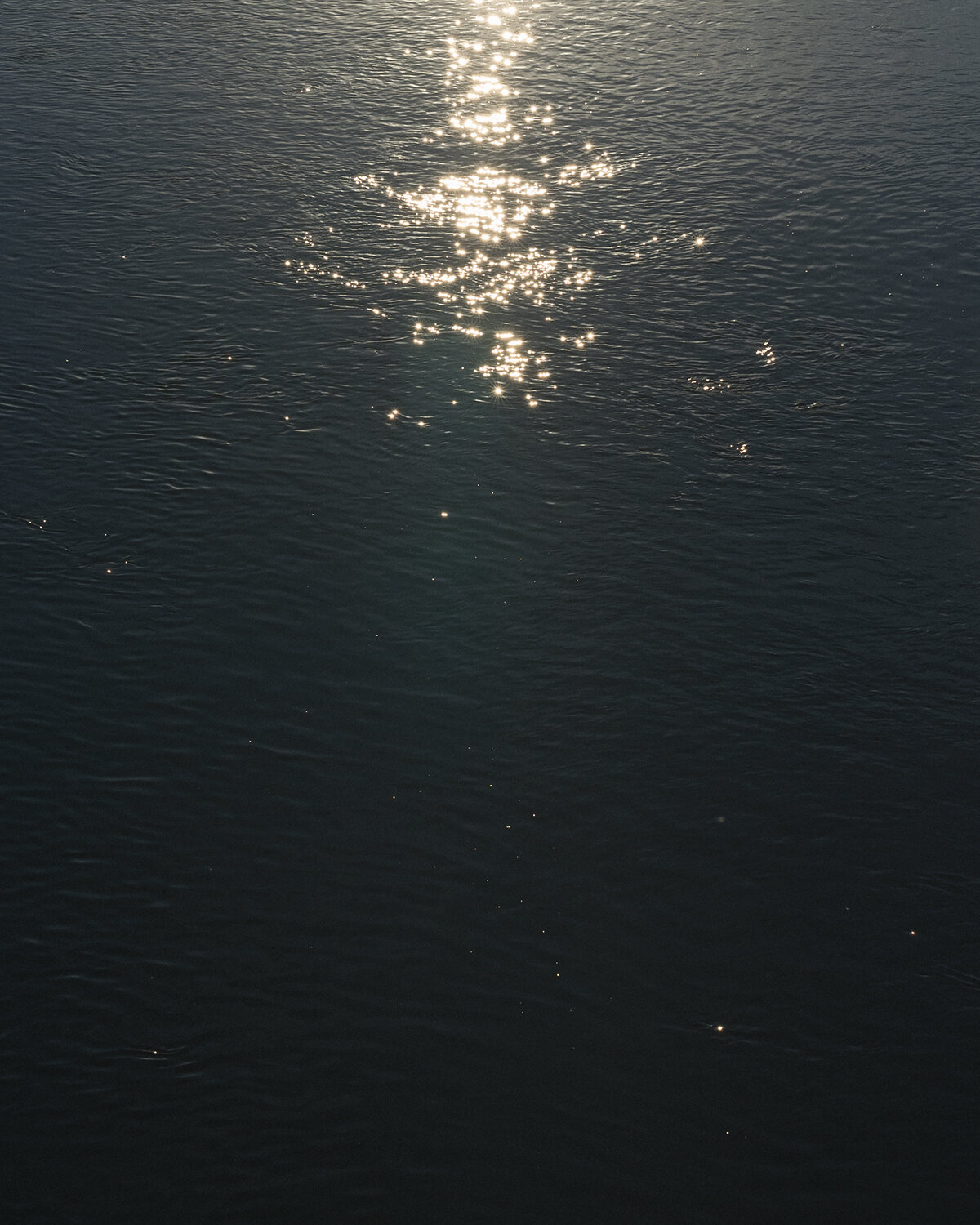
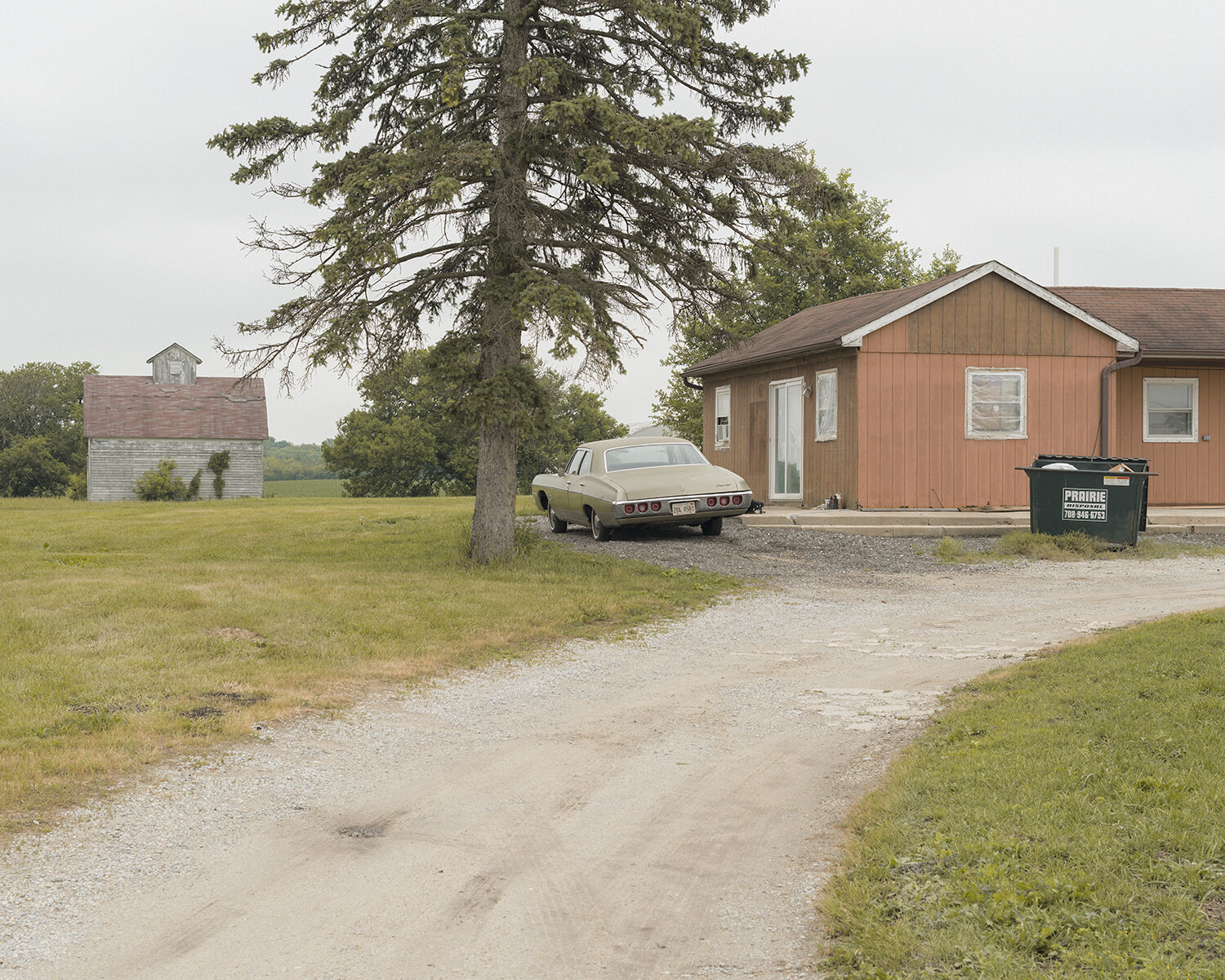
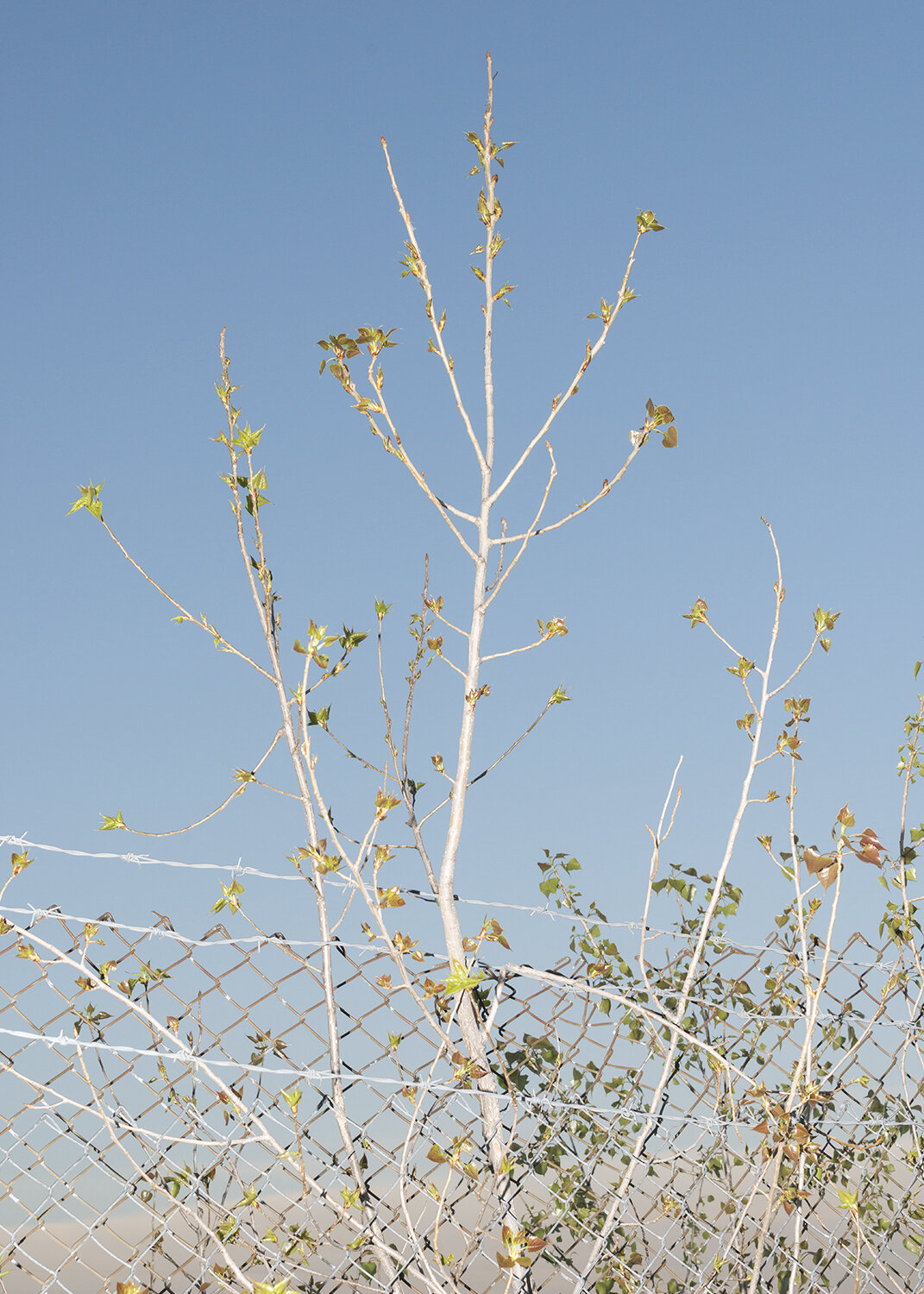
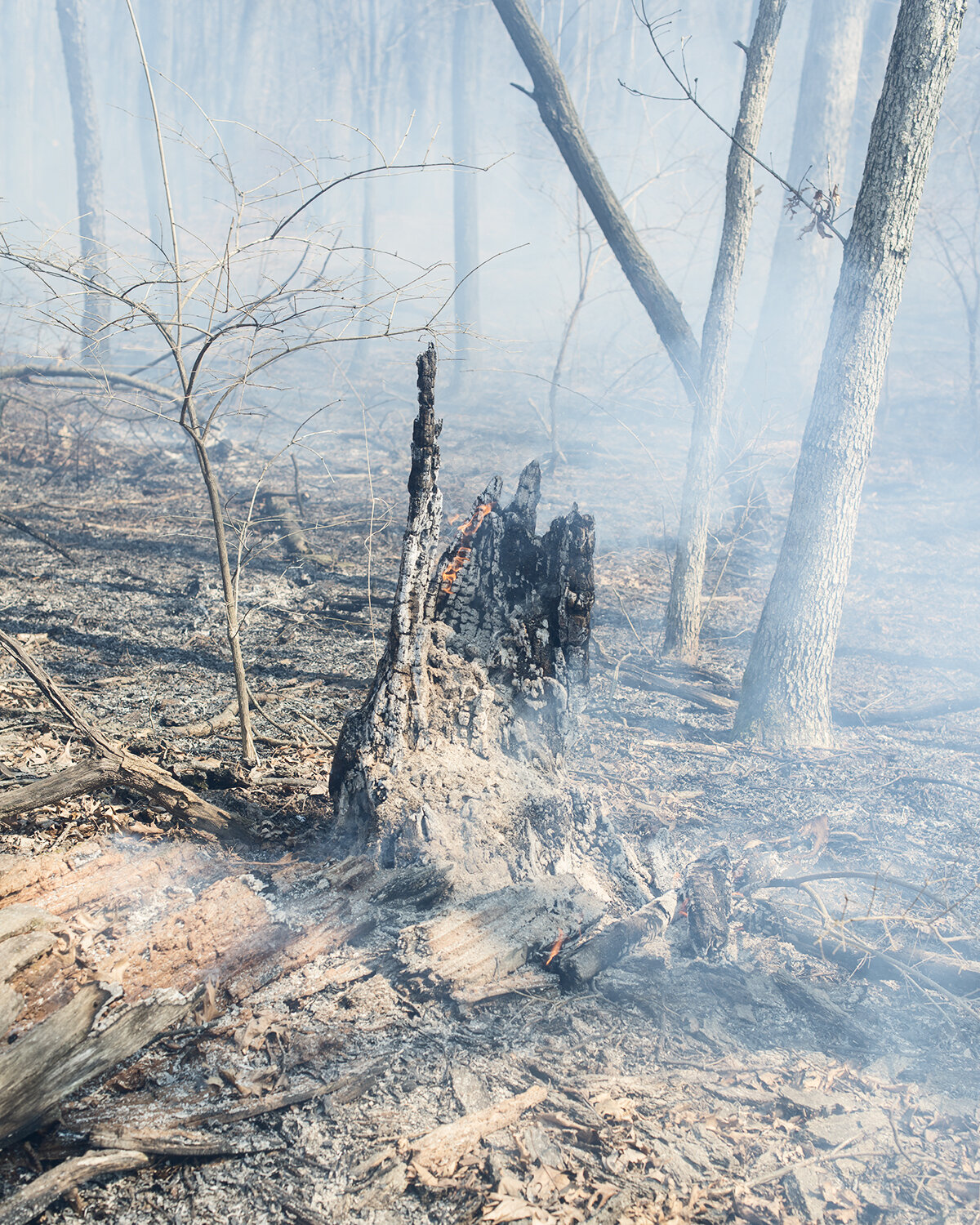
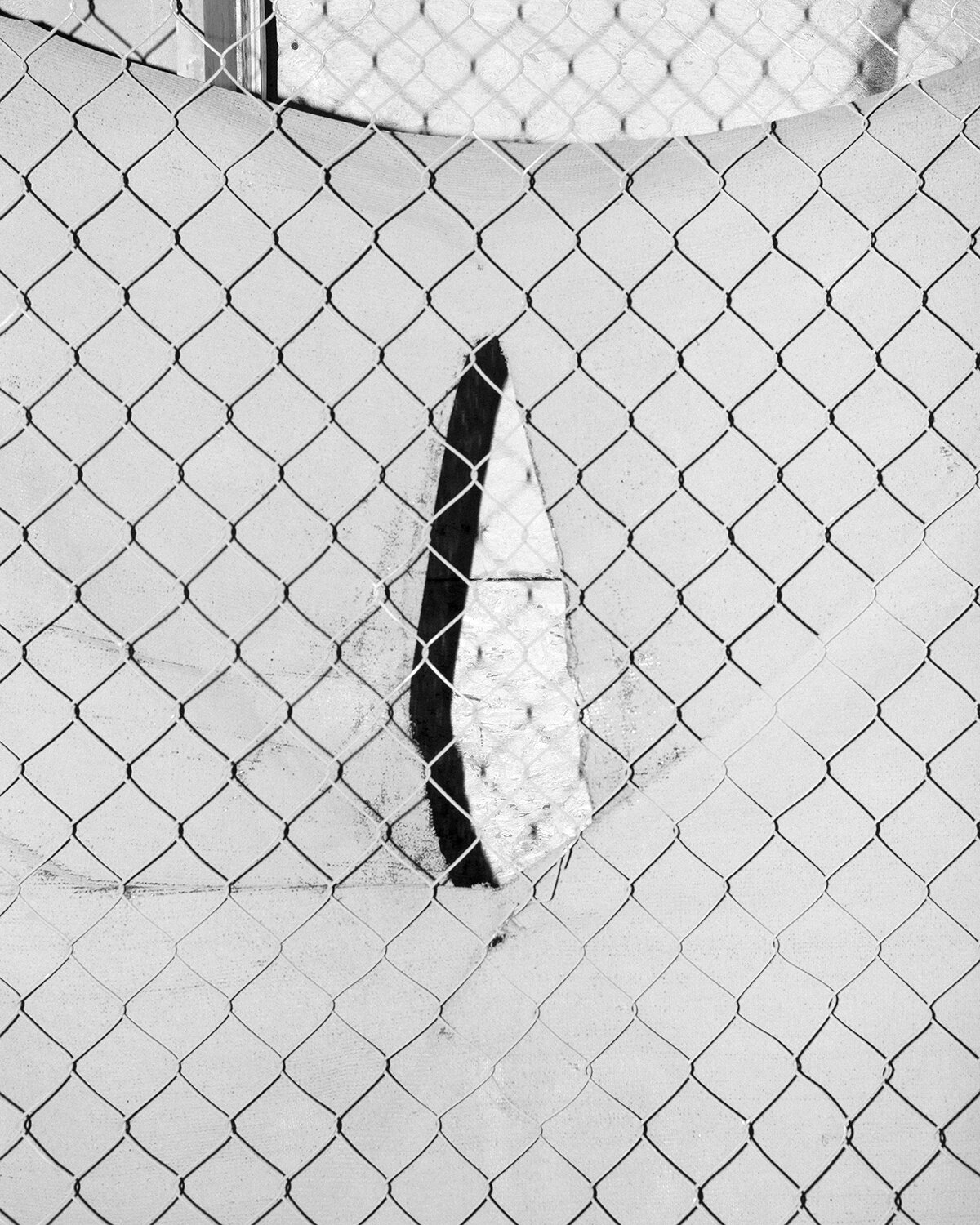
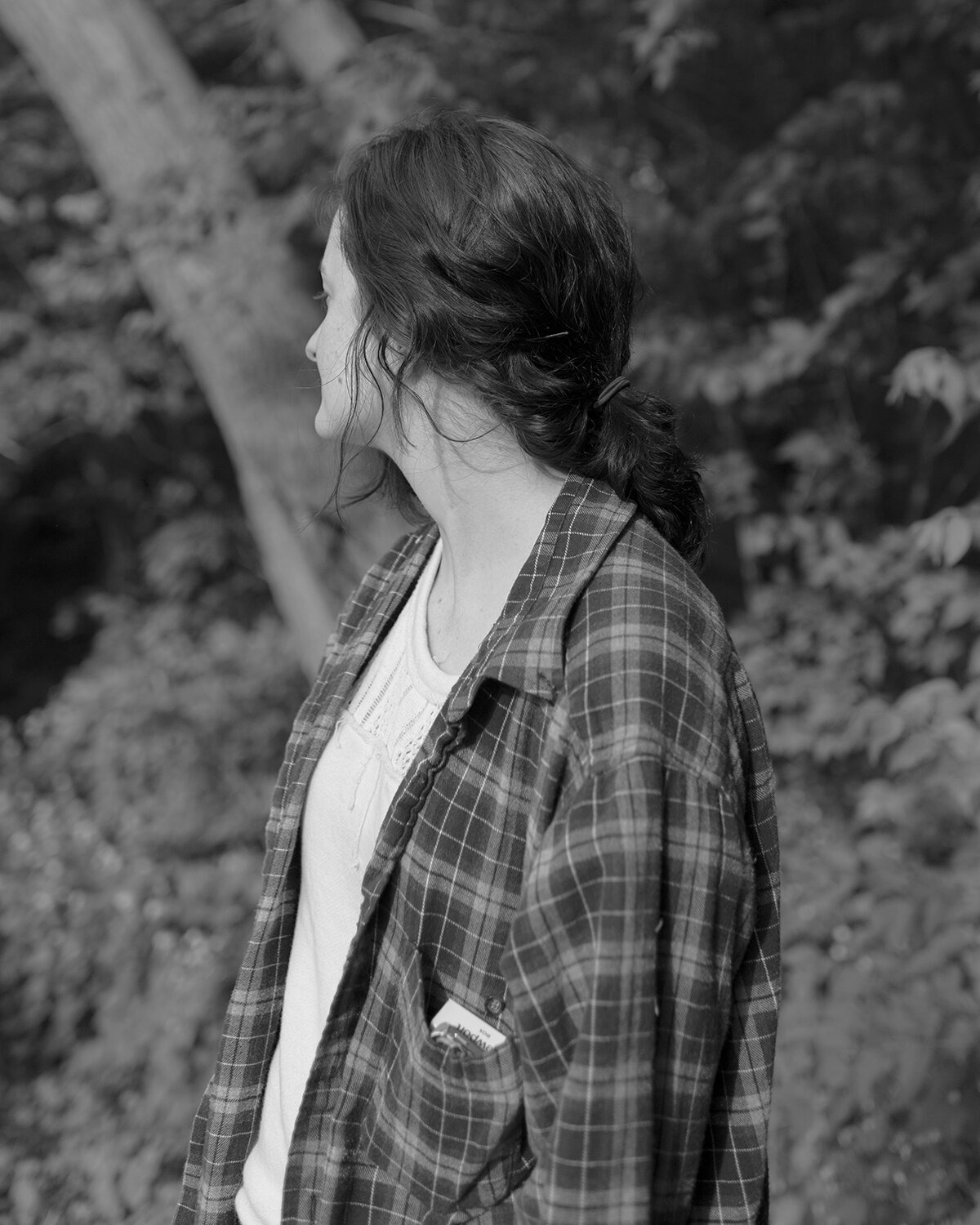
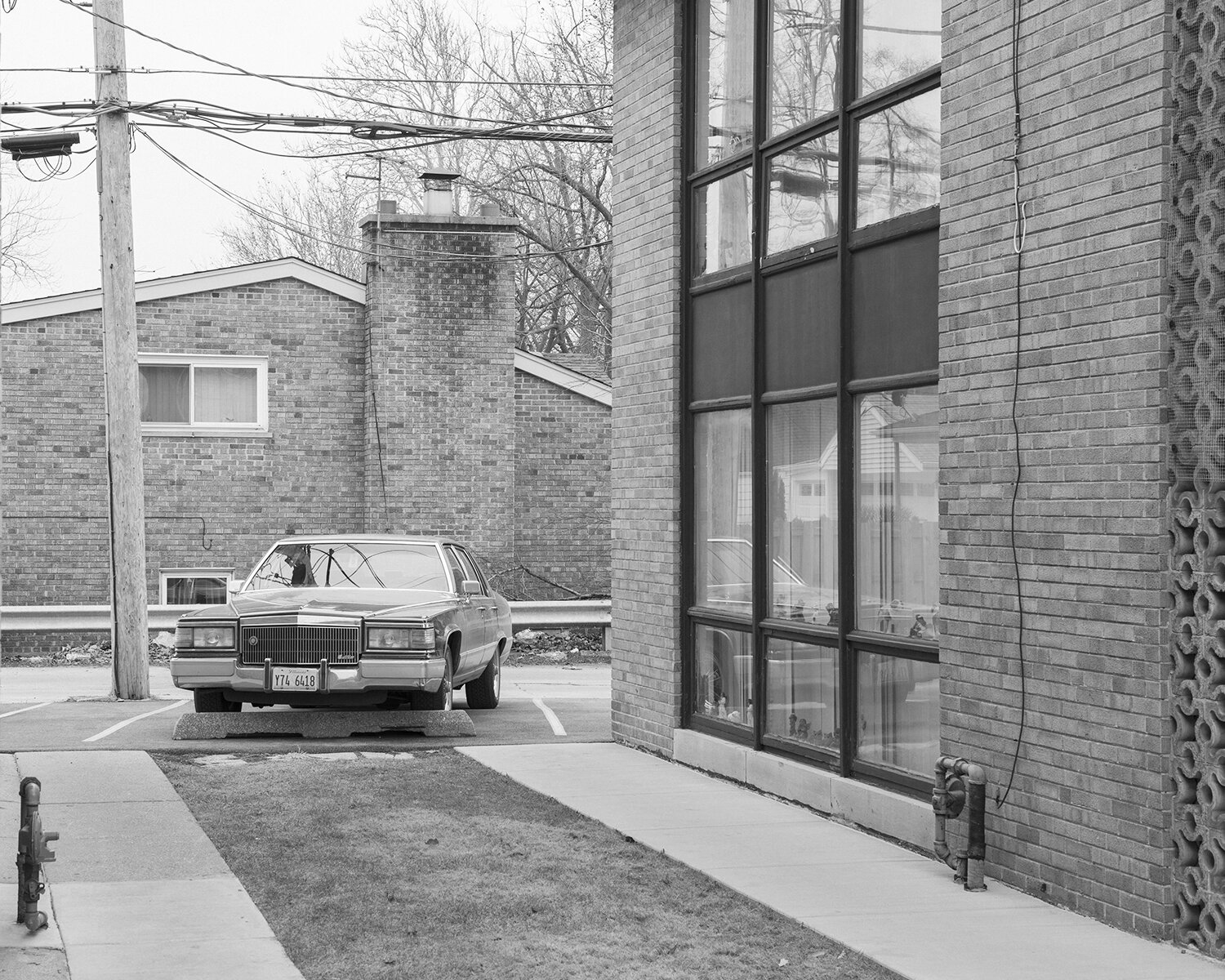
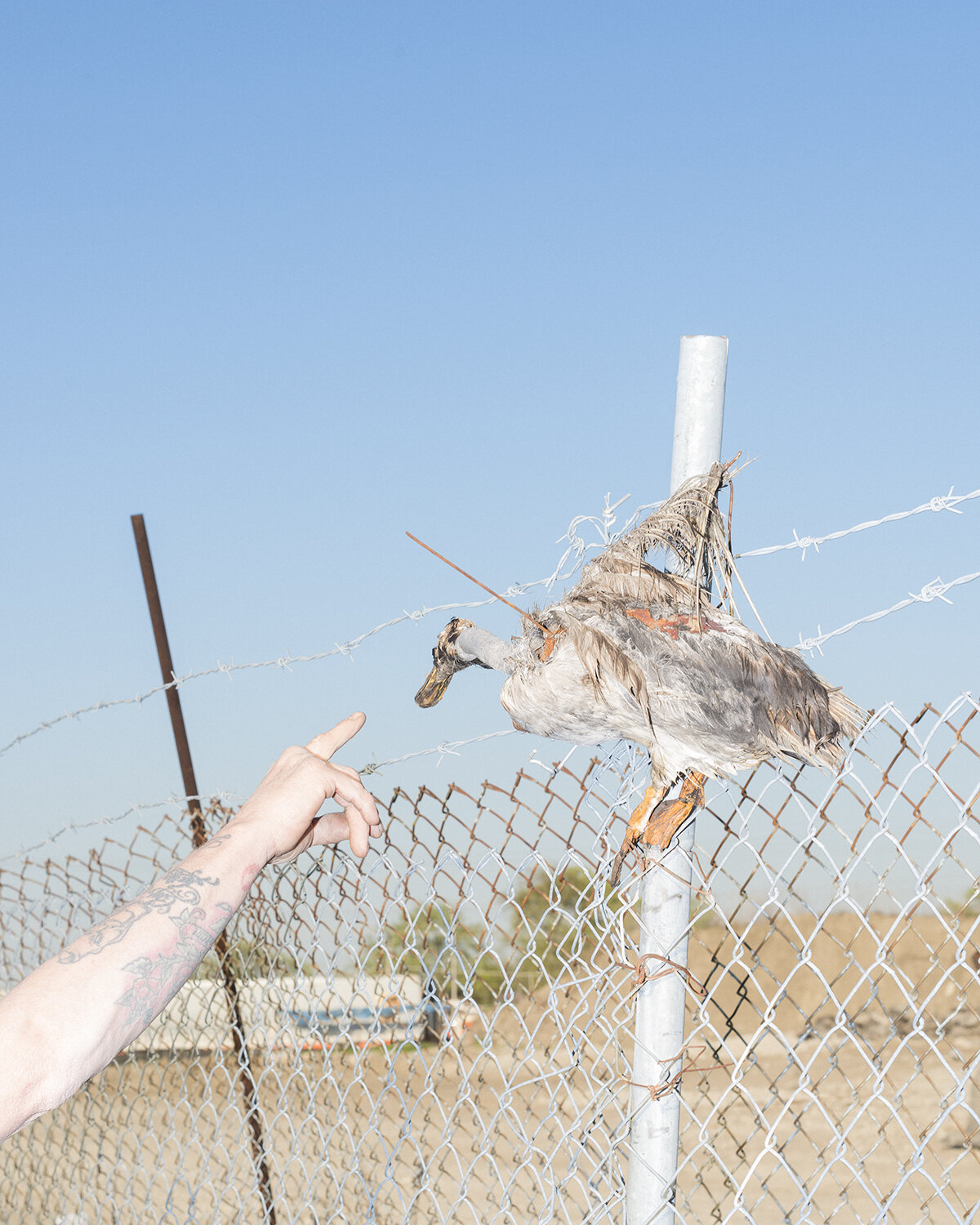
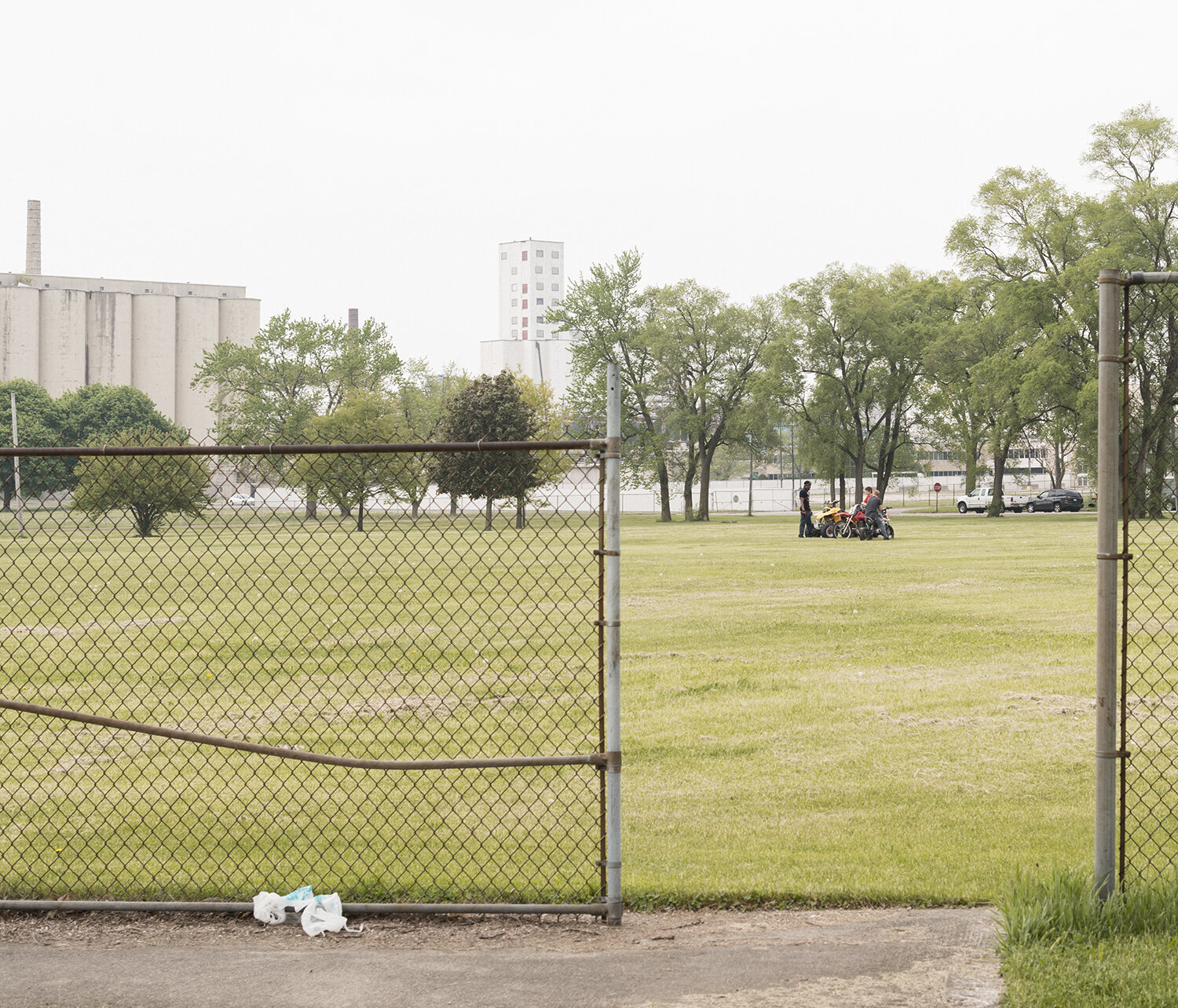
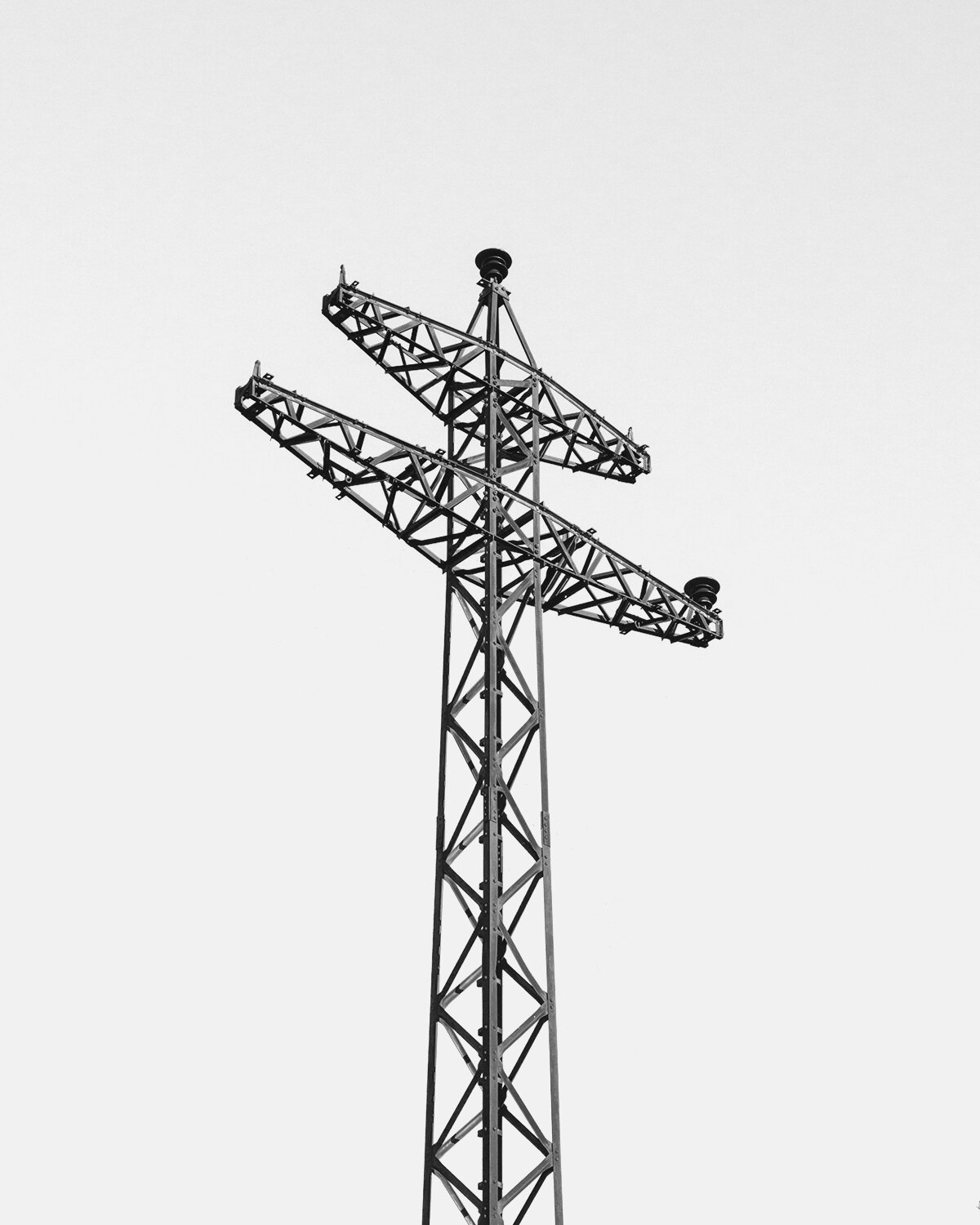
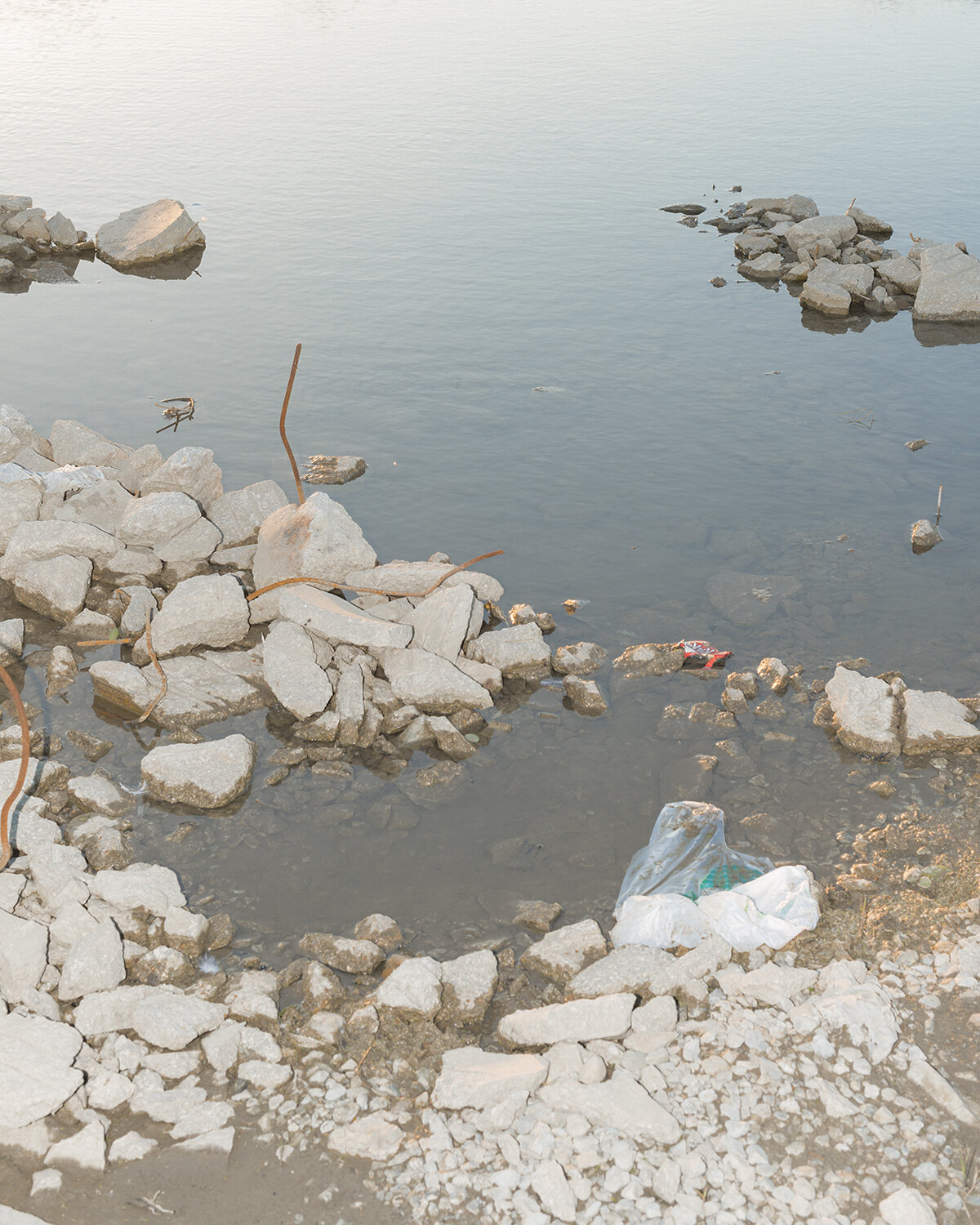
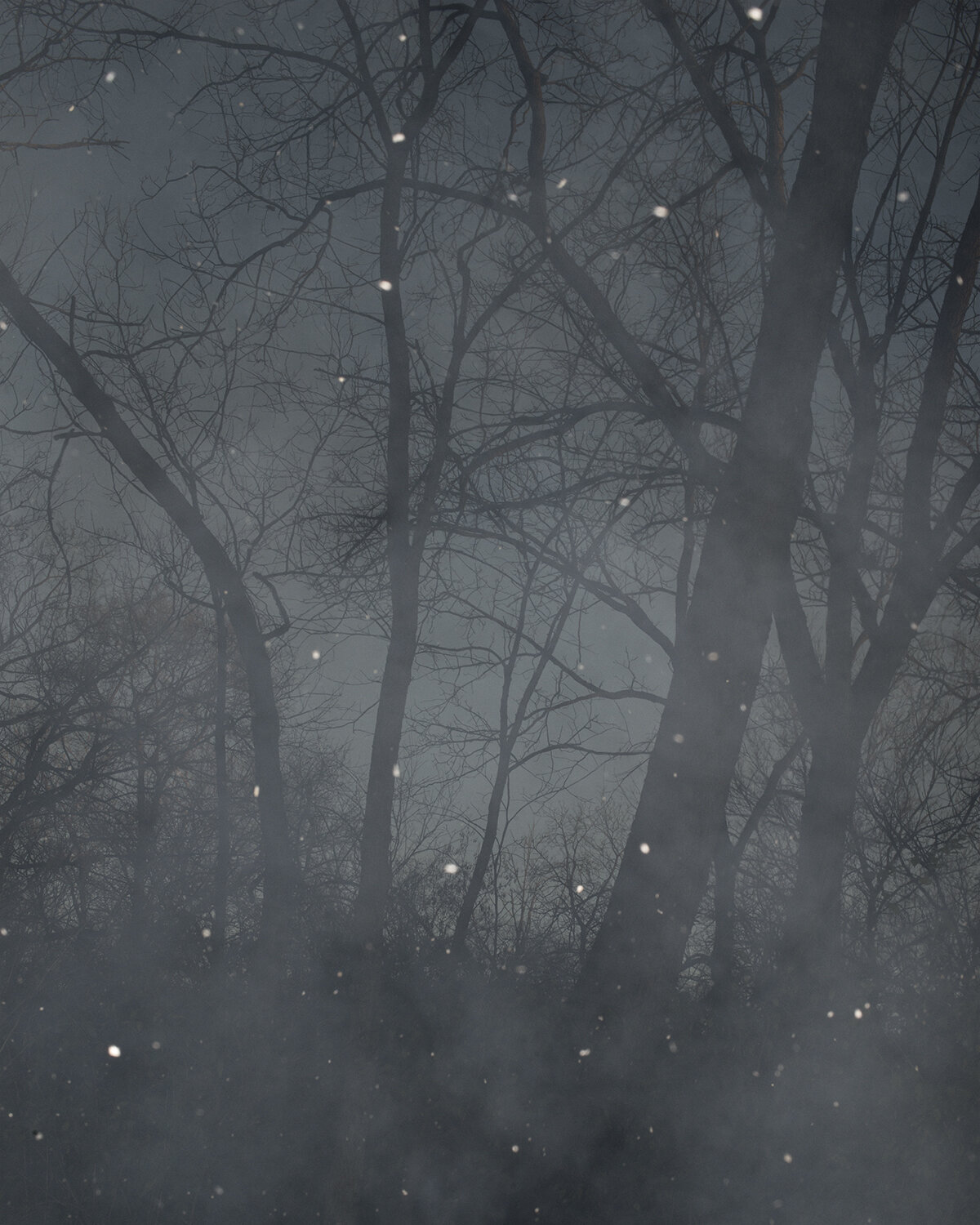
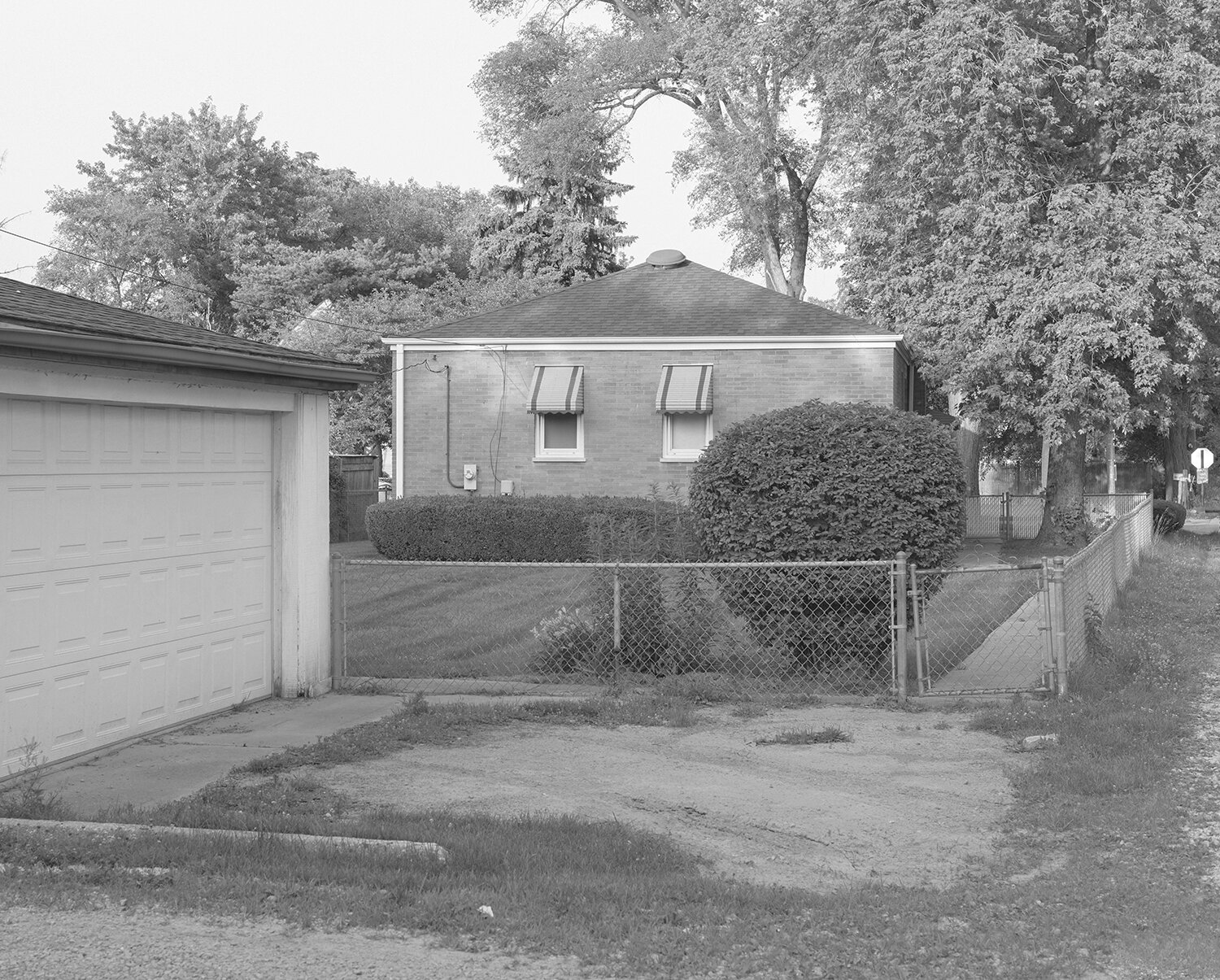
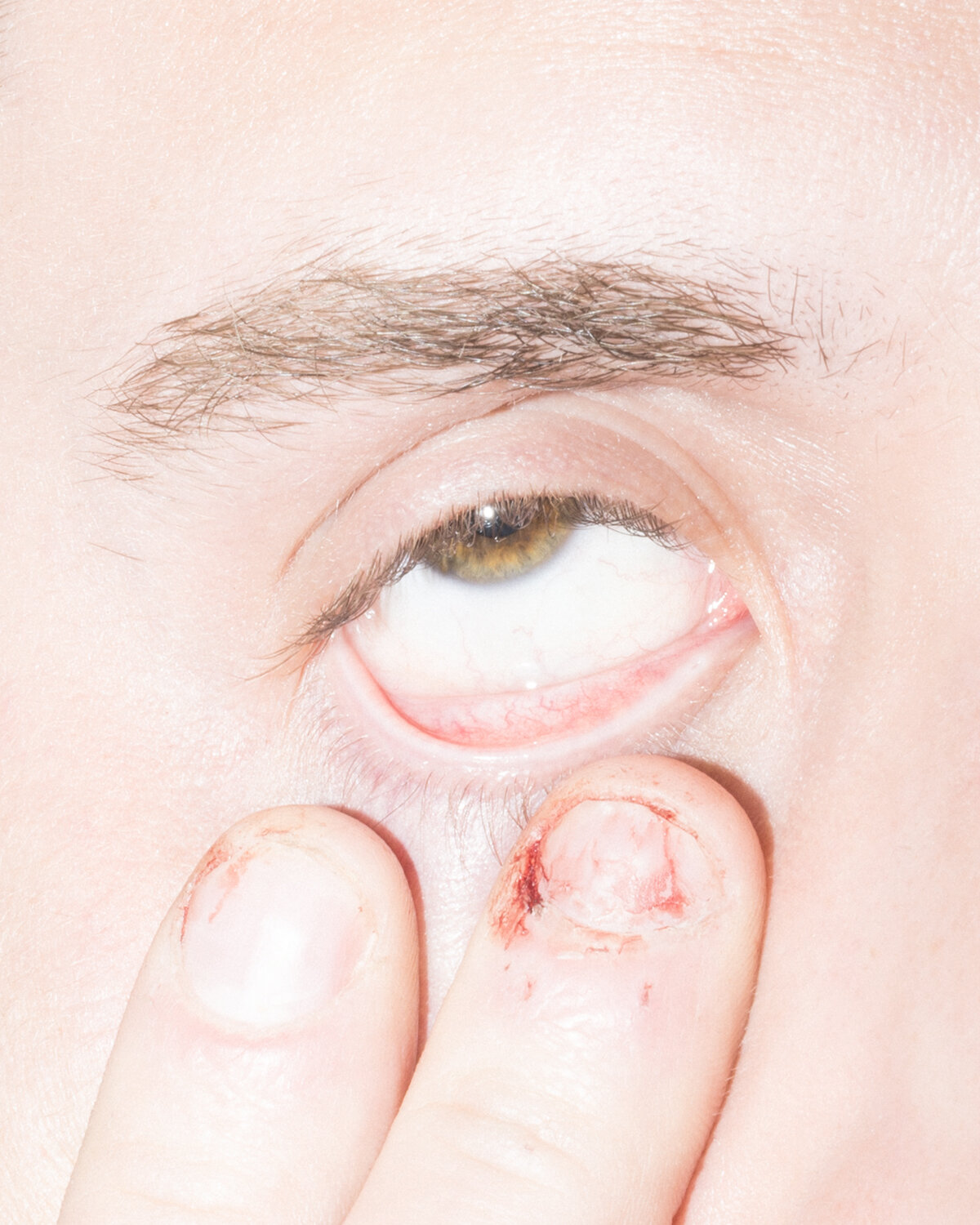

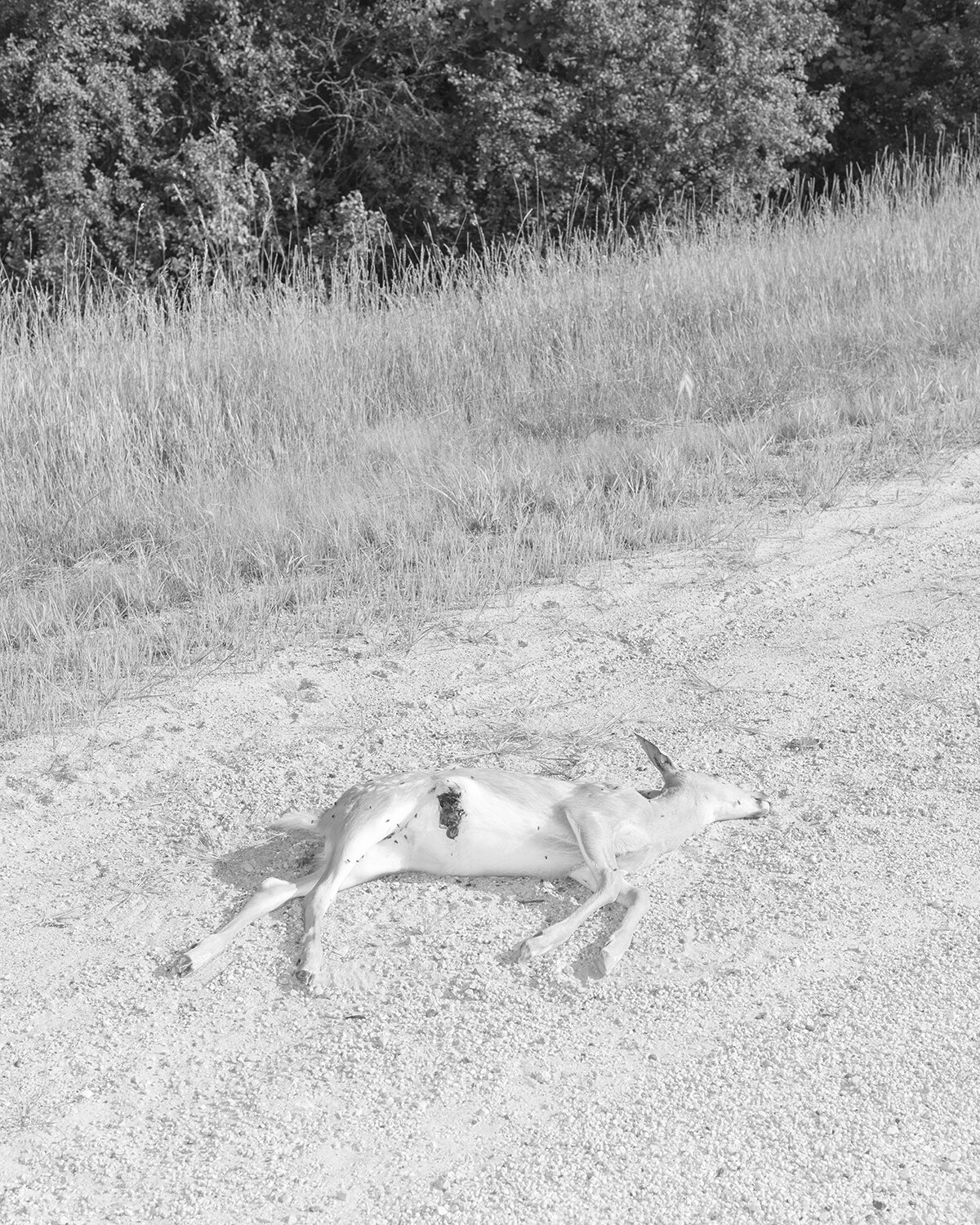
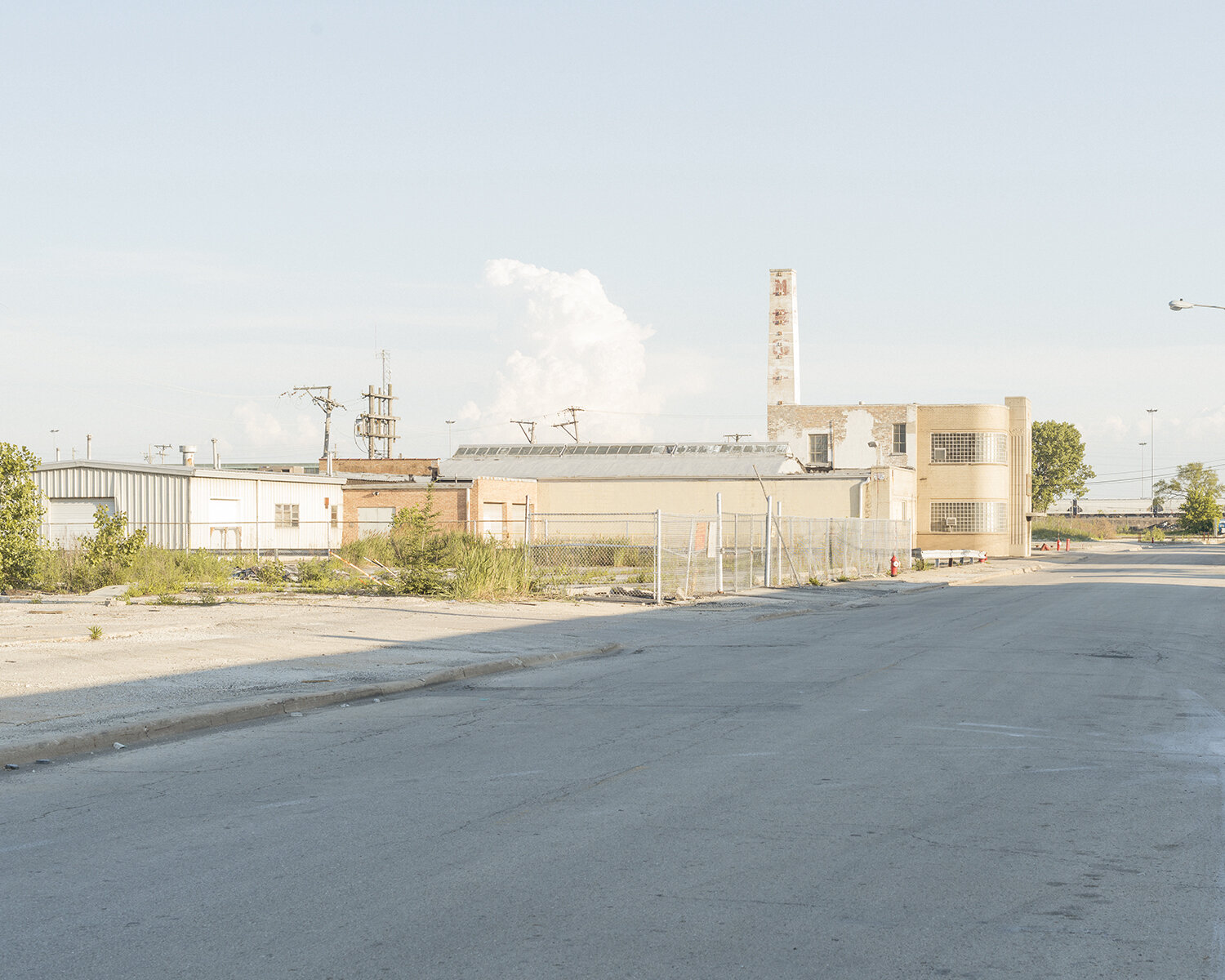
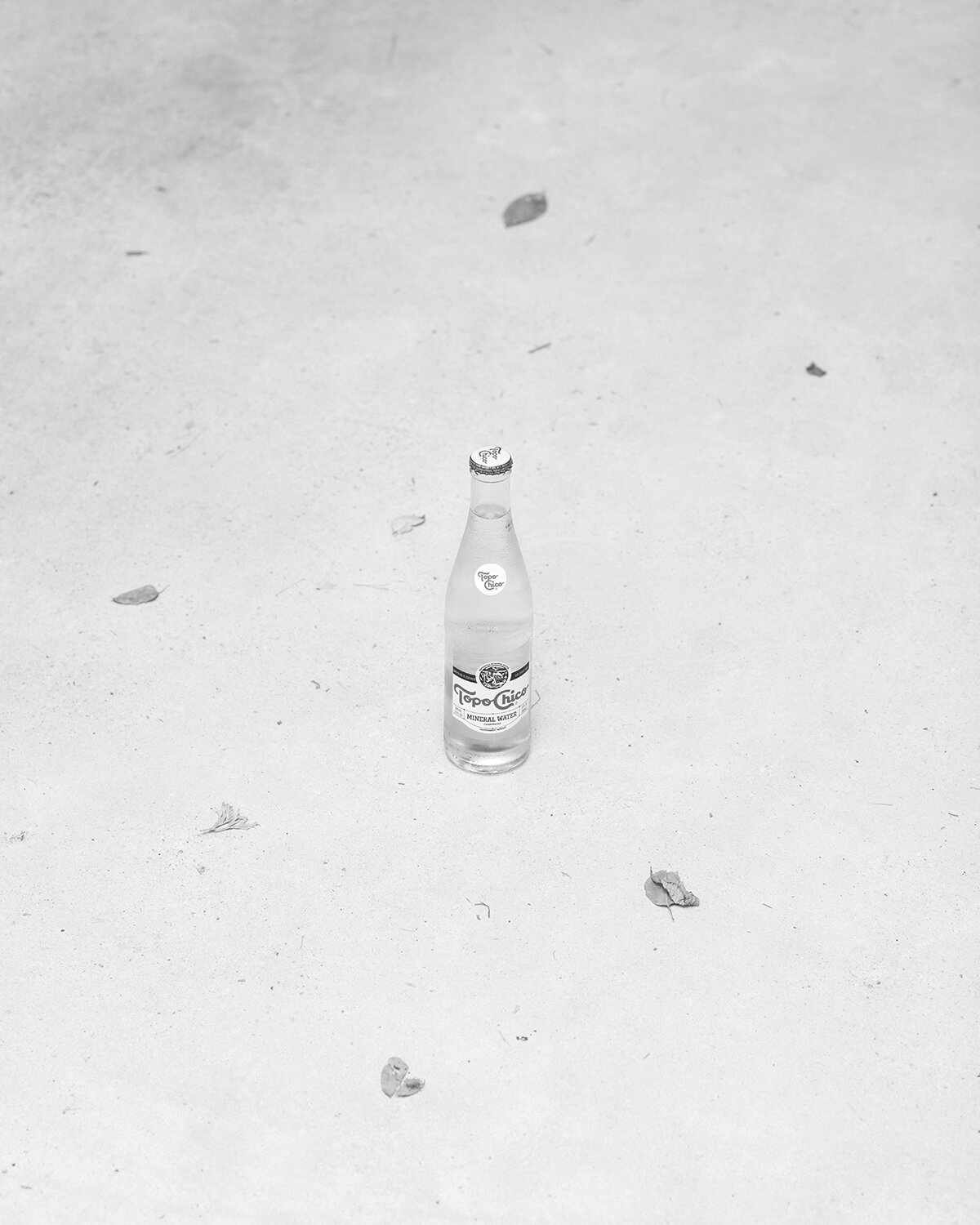

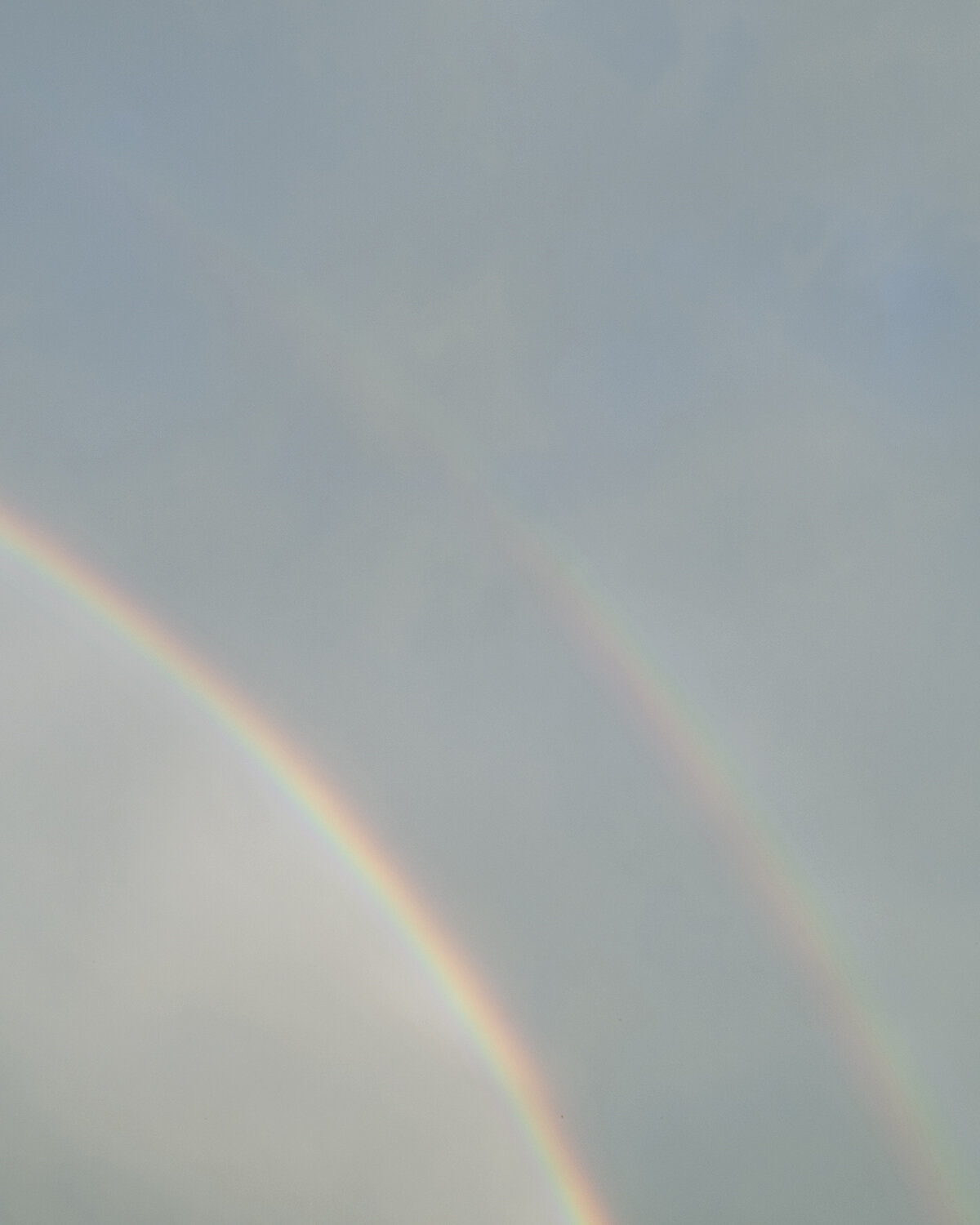
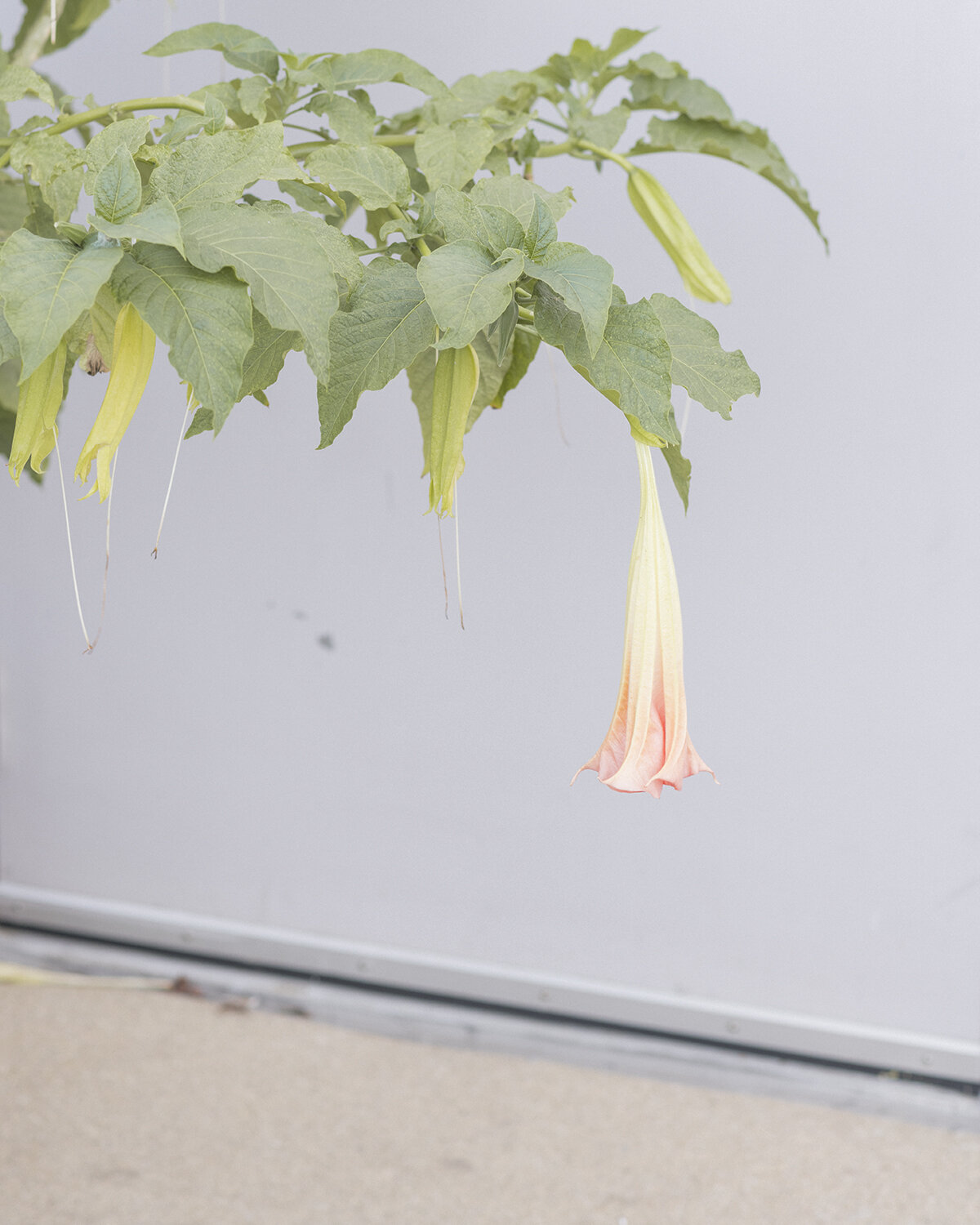
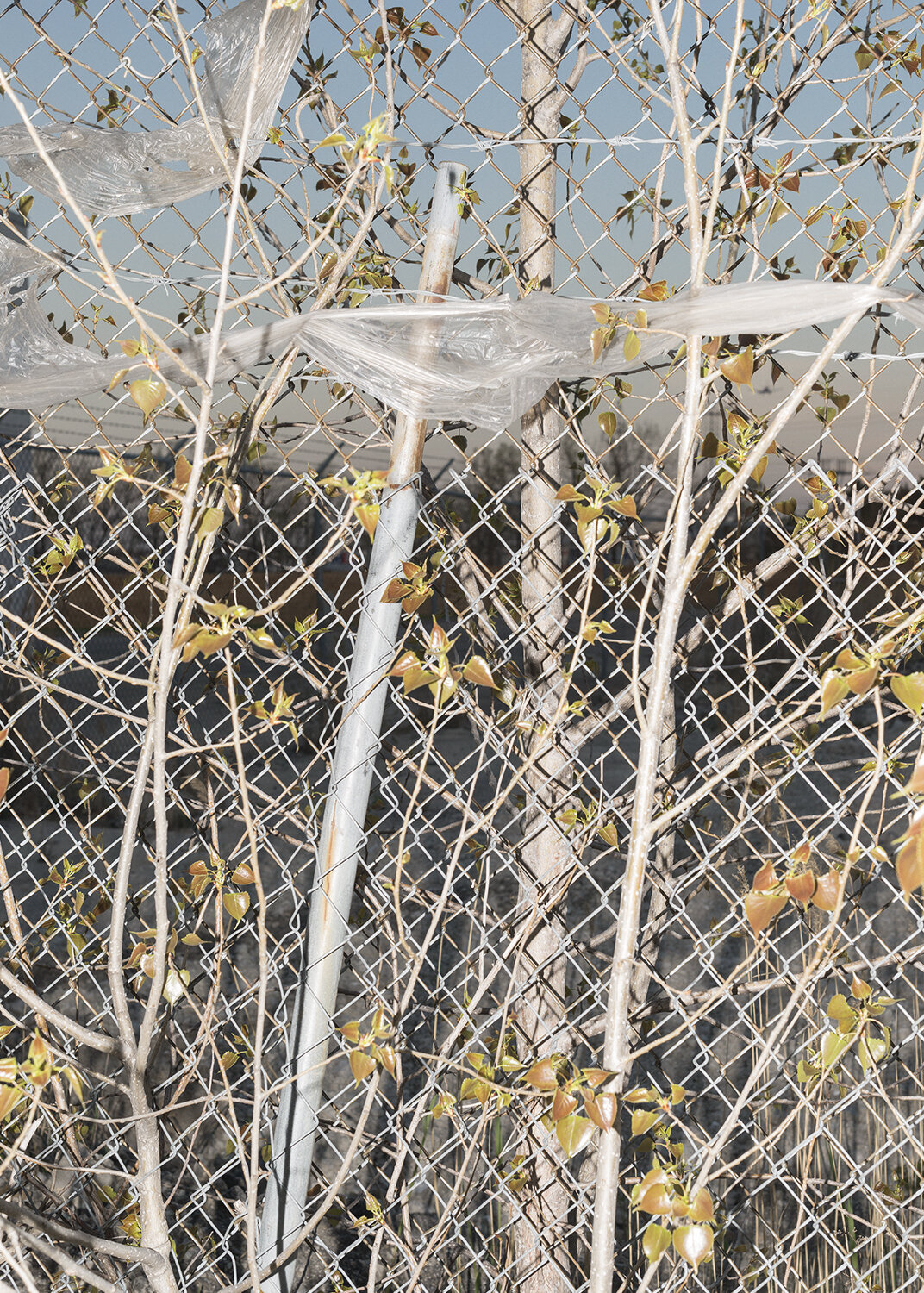
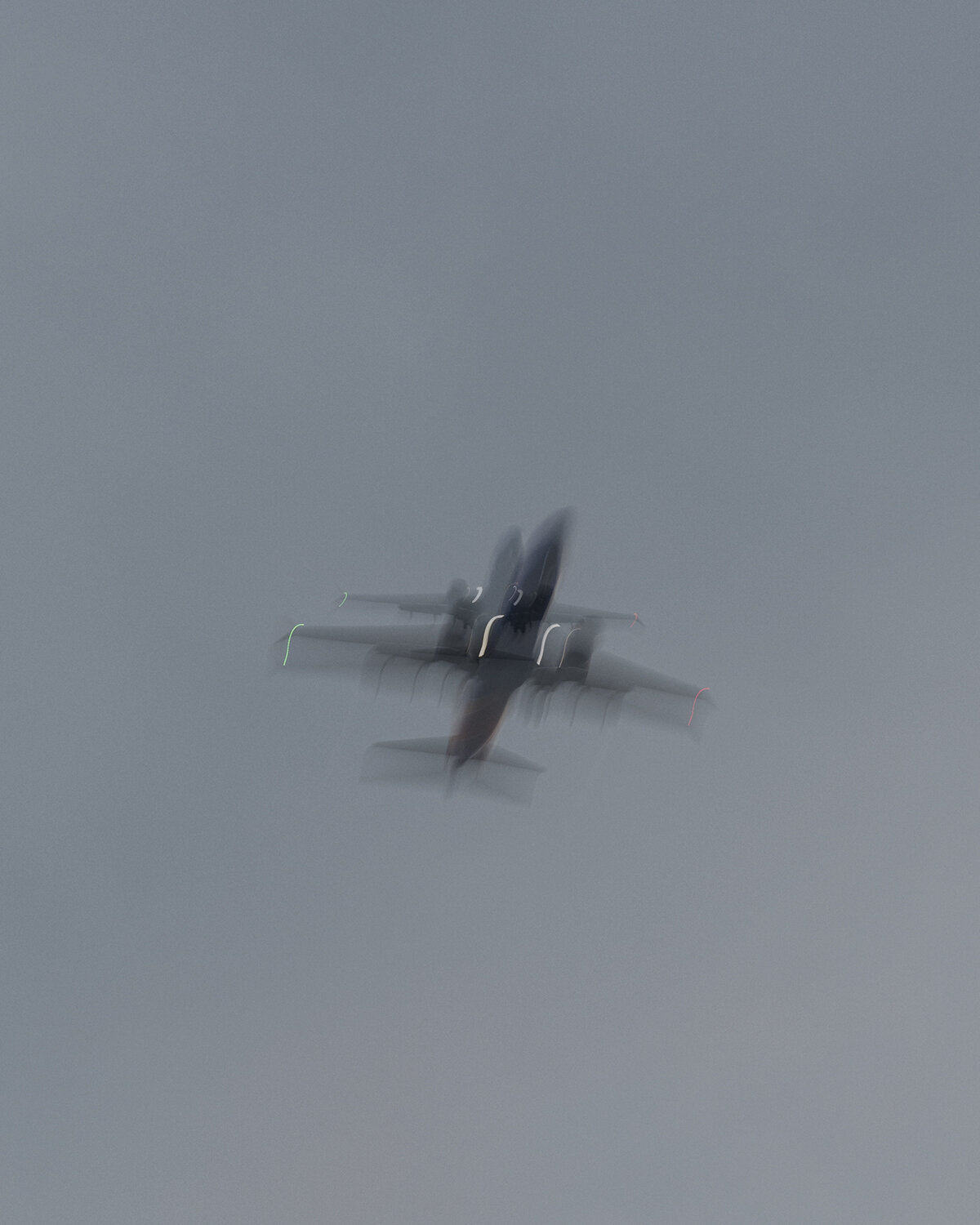
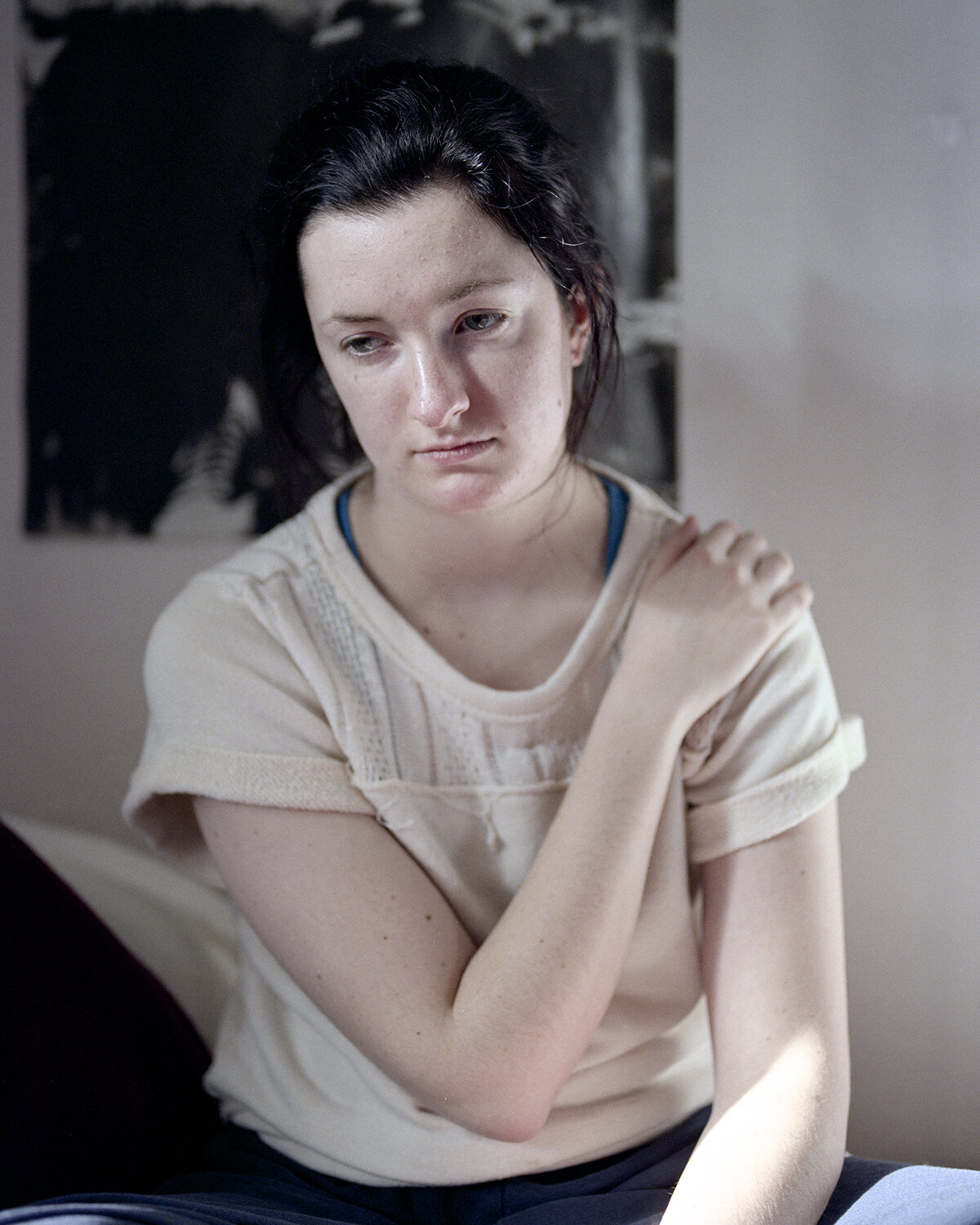
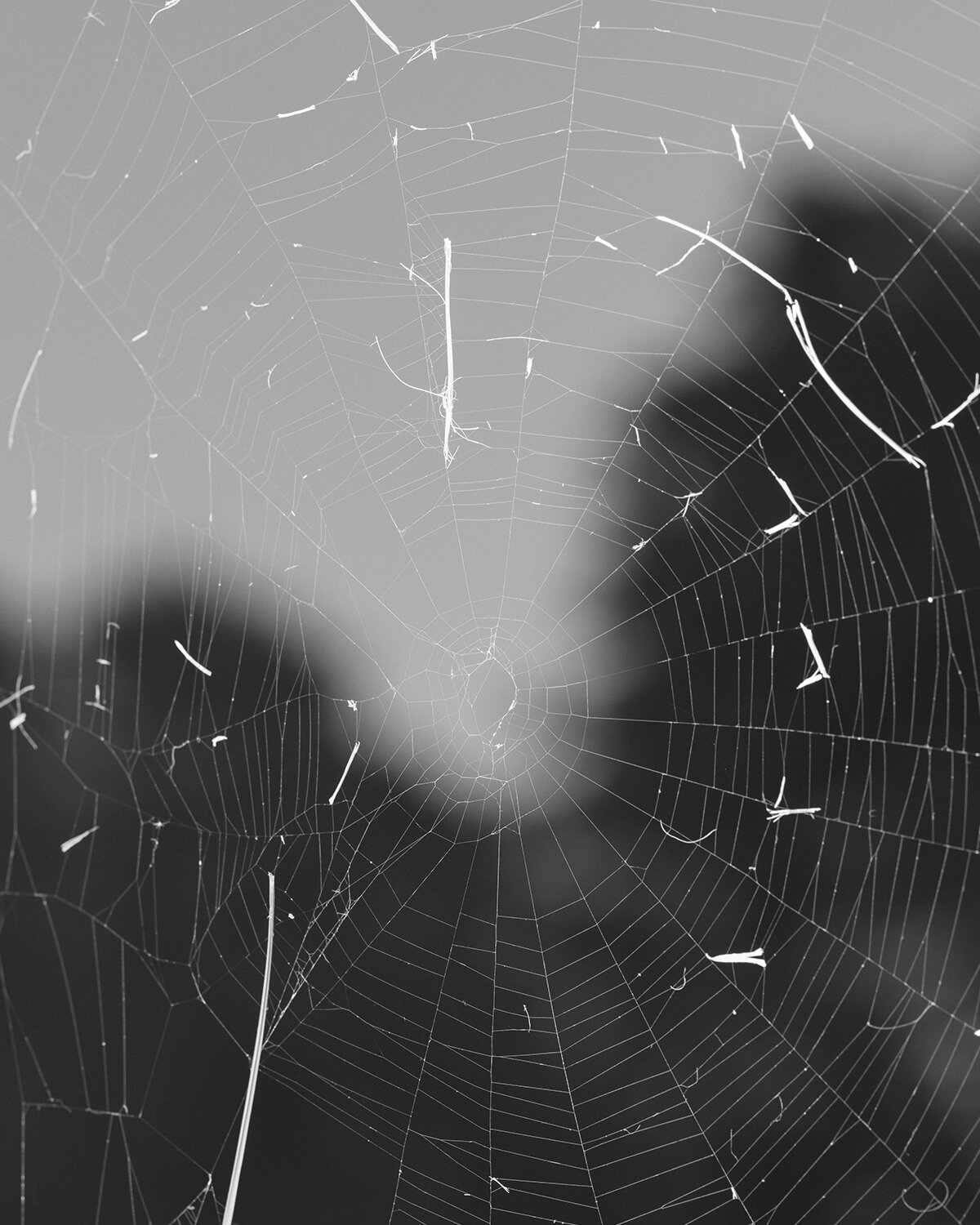
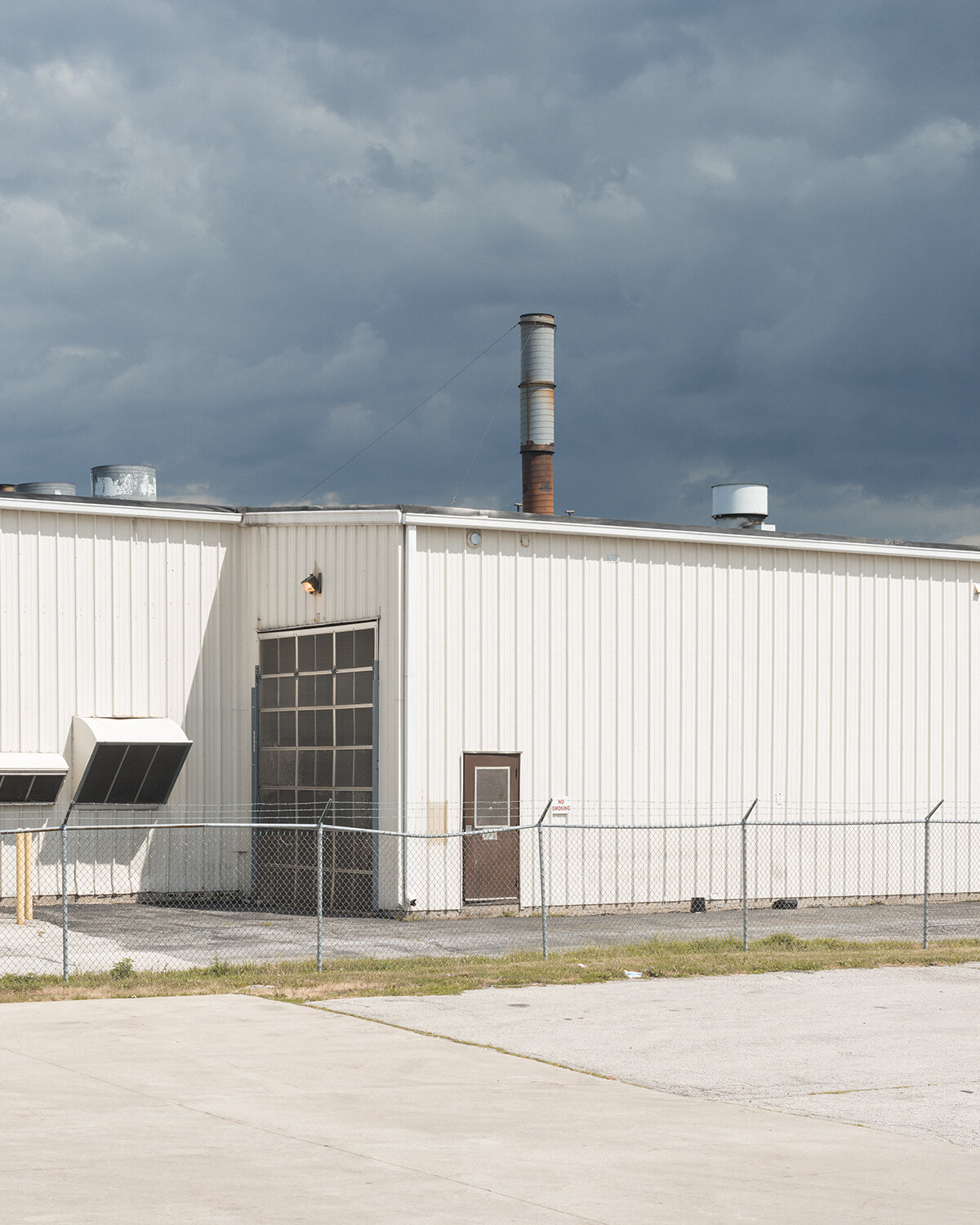
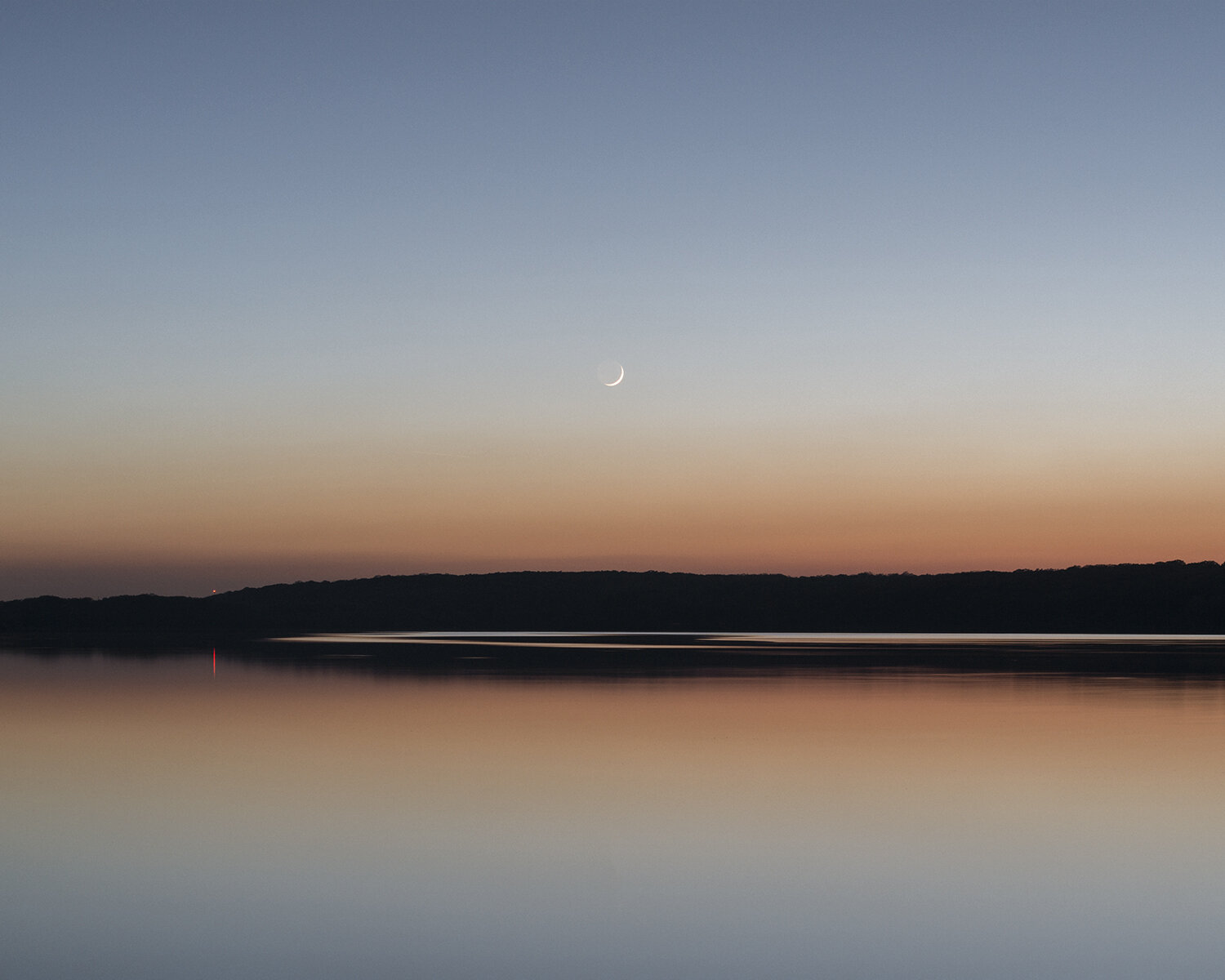

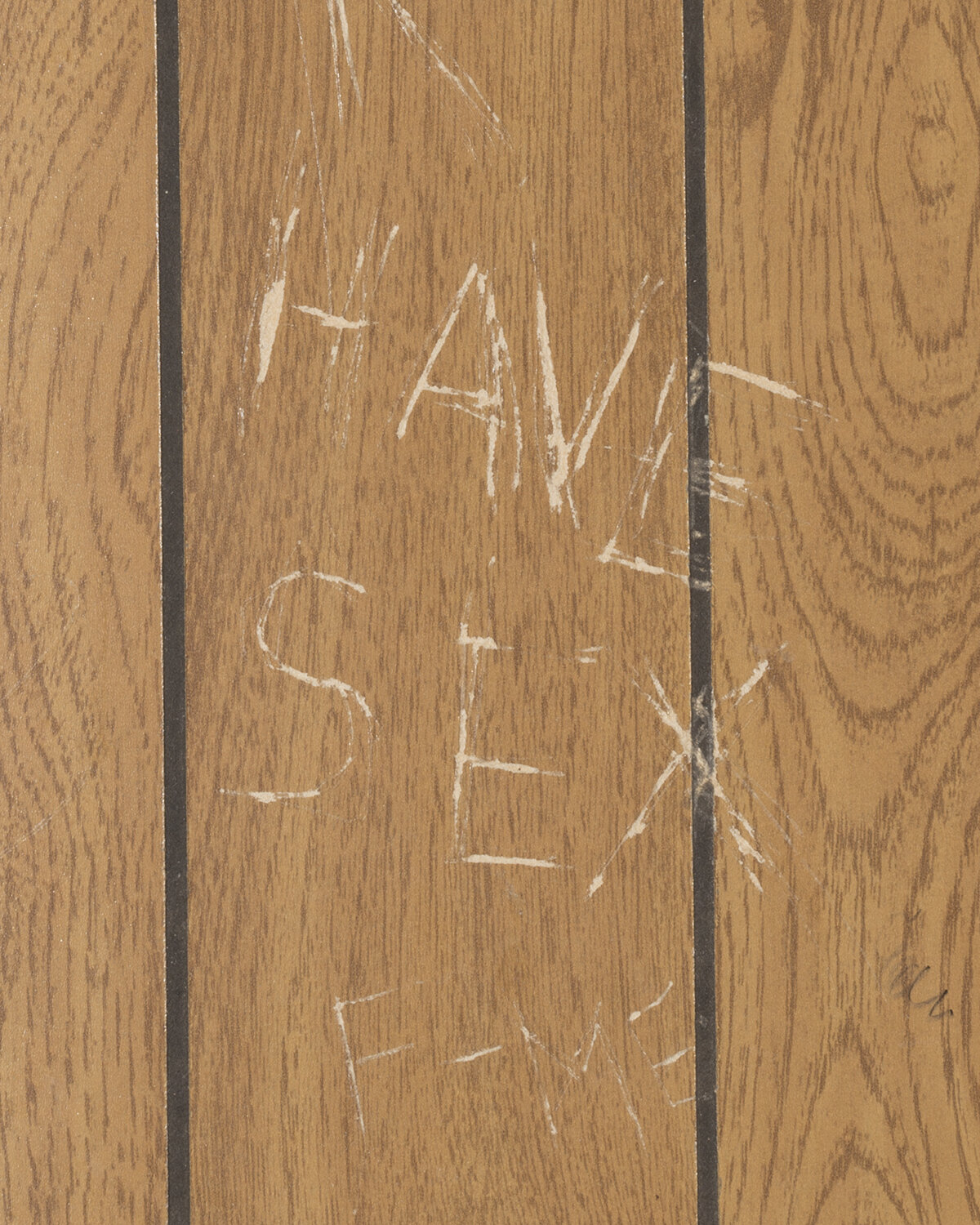
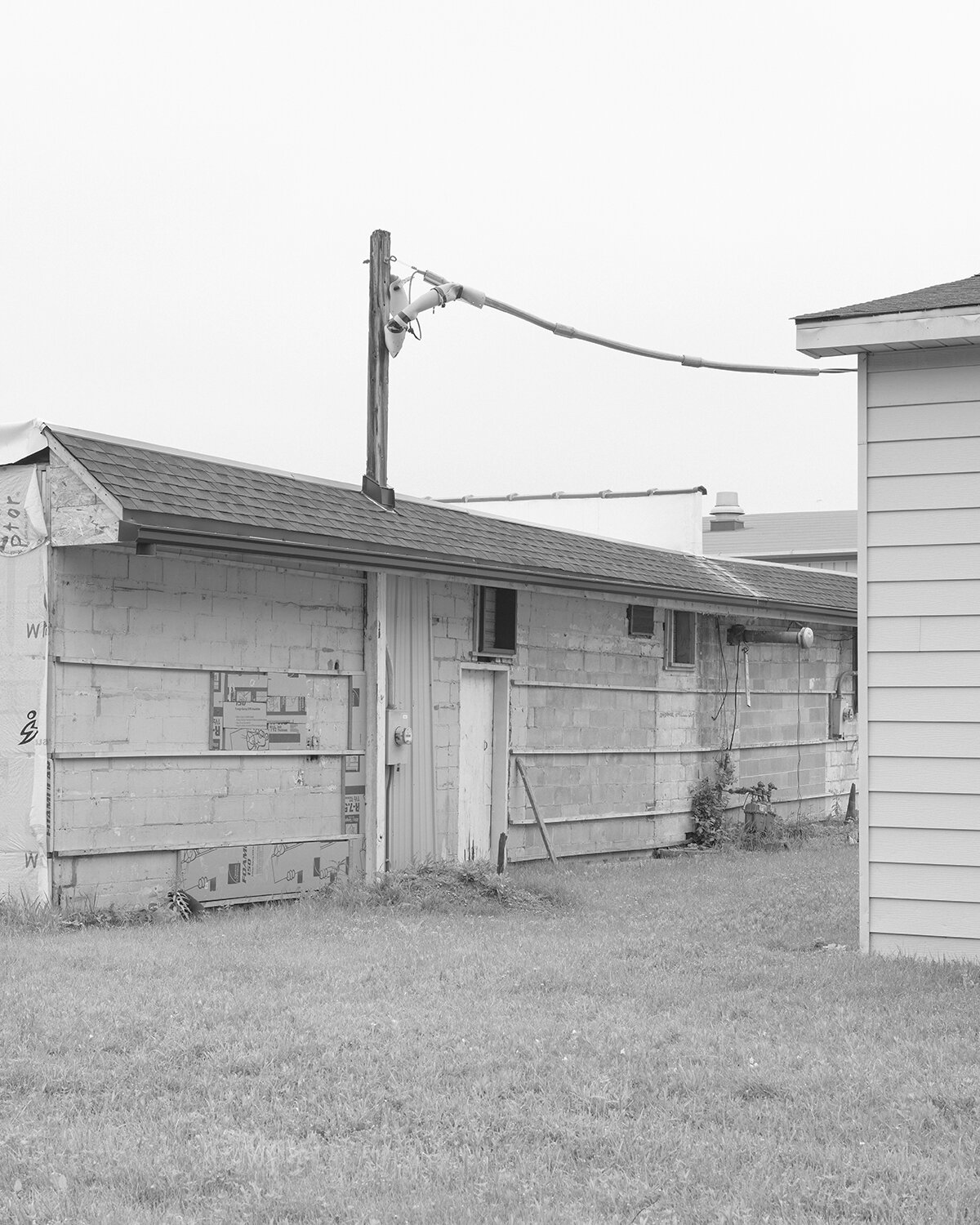
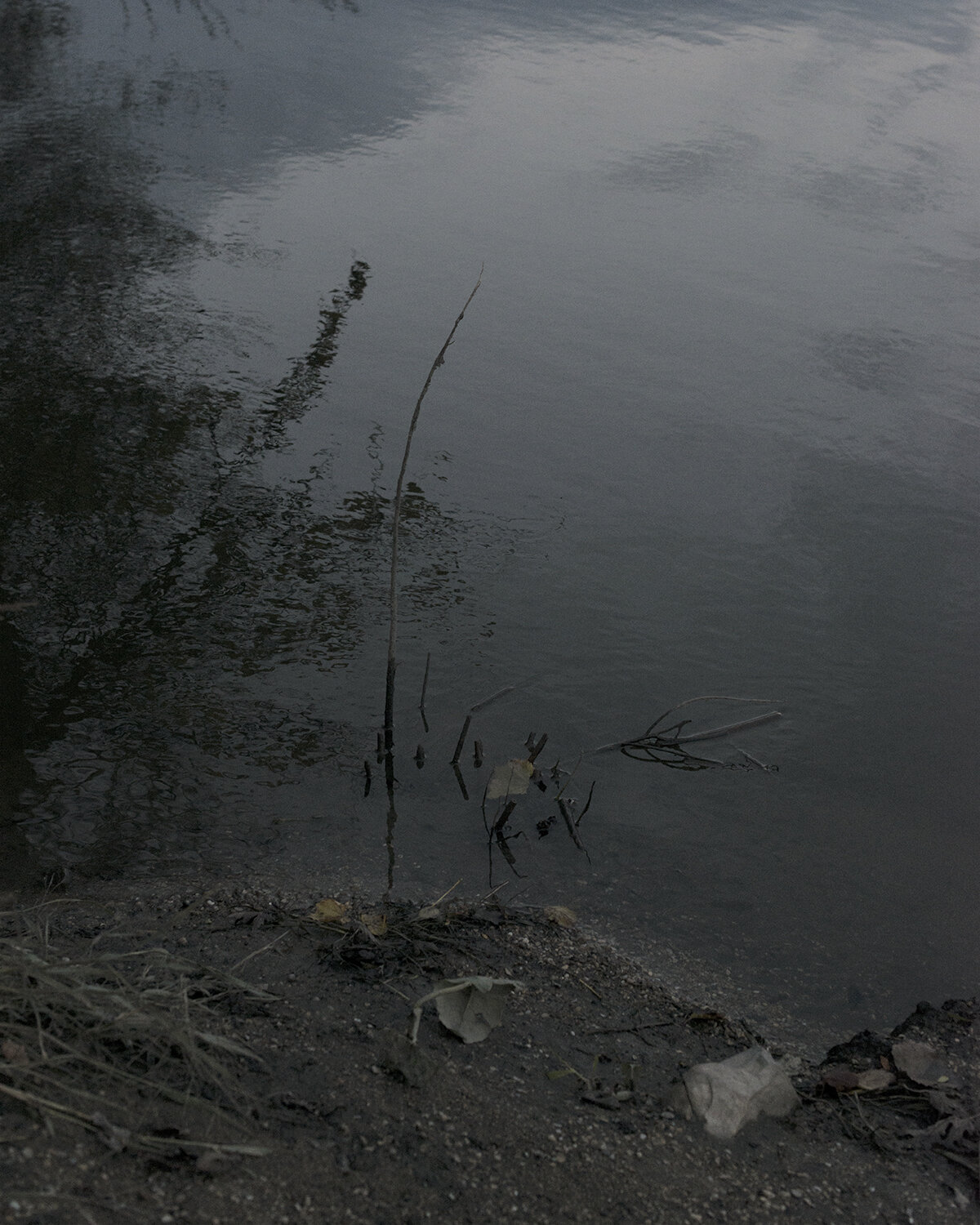
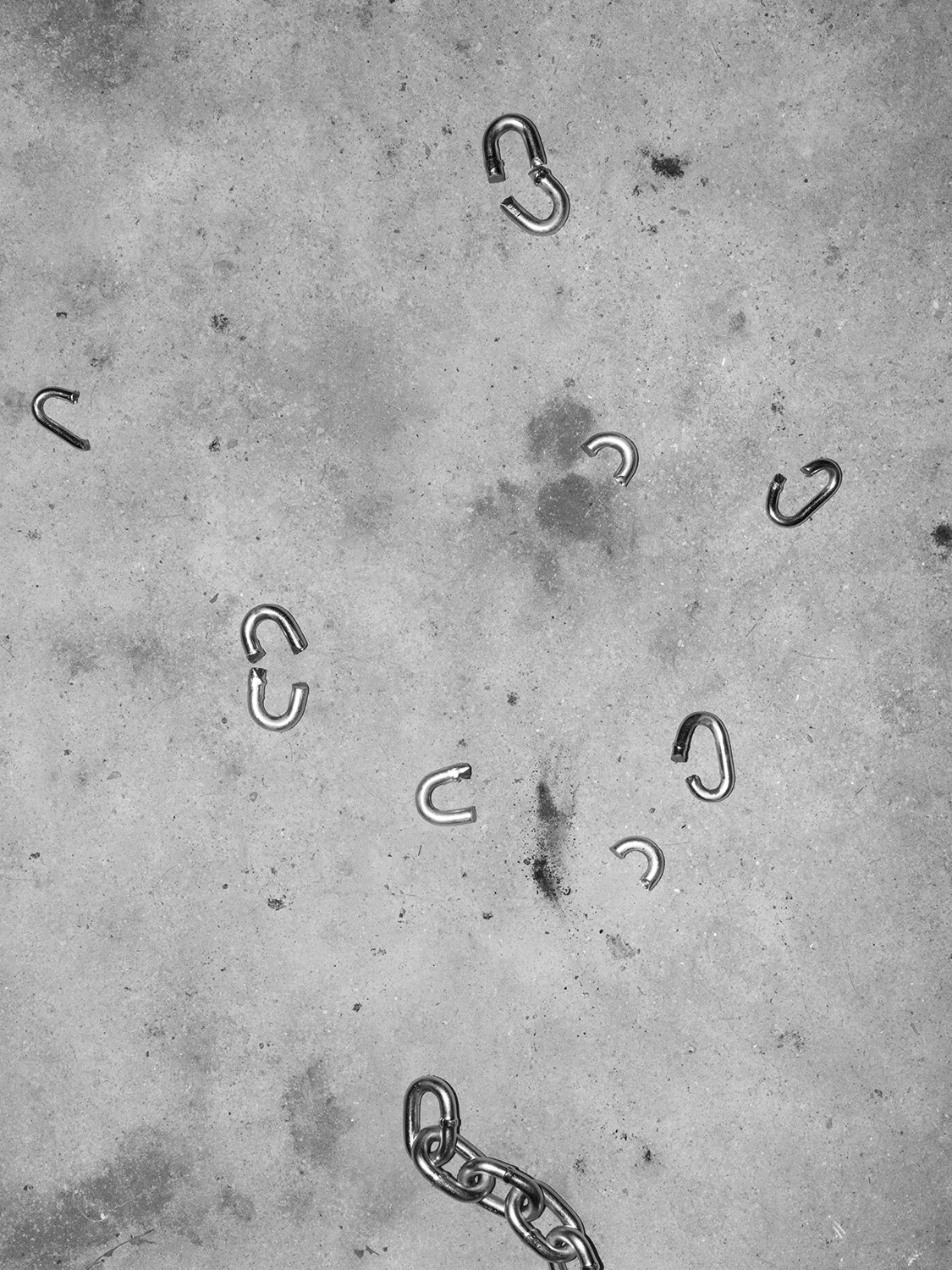
48 South Street
Jamaica Plain, MA 02130
Andrew Paul Skoda (b. 1993, Illinois) was raised and attended high school on the far edge of the Southside of Chicago. He grew fond of making photographs when his father gave him disposable cameras to keep him entertained while his family went on long fishing trips to neighboring states. He received his BA in photography from Columbia College Chicago in 2017, and is currently based in Chicago. His work is centered around scrutinizing the associations and links between photography, understanding, and memory. Abusing the romantic documentary mode, Andrew exploits photography’s distinct capacity for narrative and punctuality to transpose a subjective, fragmented, and re-contextualized understanding of the crumbling infrastructure and shifting industrial culture in the Midwest. He is deeply interested in the psychology of image-making, and particularly seeks to better grasp the inner-workings of how we recognize and associate with images, our environments, and those around us. He only hopes one day to be able to find the negatives he made when he was a child with his father and mother, as he believes that those were the best photographs he has and will ever make.
L’appel du Vide (roughly translated into The Call of the Void) is the impulse to leap forward experienced while standing at the edge of a cliff, only to recoil. It is the urge to tug the steering wheel of a vehicle towards the opposing lane of traffic. Most infer that this desire to jump affirms the will to live, as the survival instincts of the brain force the body to reverse from danger. L’appel du Vide is concerned with the evaluation of both learned and inherited instincts, both in observation and practice. Critically mindful of challenging the viewer’s passive looking in the age of rapid digital consumption of images, while acknowledging that internet and smartphone culture has greatly increased general knowledge of communication using purely visual grammar, diction, and prose. The images work to convince the viewer by some subtle argument that true narrative and documentation is impossible, and that photographic images ripped from their respective contexts will never allow a narrative that is not broken and fragmented to exist yet still celebrates the instinctual process of looking and the deceptive nature of re- and de-contextualized images. They assure the viewer that fact, light, observation, and humanity are not committed to an unambiguous coexistence.
Andrew Paul Skoda (b. 1993, Illinois) was raised and attended high school on the far edge of the Southside of Chicago. He grew fond of making photographs when his father gave him disposable cameras to keep him entertained while his family went on long fishing trips to neighboring states. He received his BA in photography from Columbia College Chicago in 2017, and is currently based in Chicago. His work is centered around scrutinizing the associations and links between photography, understanding, and memory. Abusing the romantic documentary mode, Andrew exploits photography’s distinct capacity for narrative and punctuality to transpose a subjective, fragmented, and re-contextualized understanding of the crumbling infrastructure and shifting industrial culture in the Midwest. He is deeply interested in the psychology of image-making, and particularly seeks to better grasp the inner-workings of how we recognize and associate with images, our environments, and those around us. He only hopes one day to be able to find the negatives he made when he was a child with his father and mother, as he believes that those were the best photographs he has and will ever make.
L’appel du Vide (roughly translated into The Call of the Void) is the impulse to leap forward experienced while standing at the edge of a cliff, only to recoil. It is the urge to tug the steering wheel of a vehicle towards the opposing lane of traffic. Most infer that this desire to jump affirms the will to live, as the survival instincts of the brain force the body to reverse from danger. L’appel du Vide is concerned with the evaluation of both learned and inherited instincts, both in observation and practice. Critically mindful of challenging the viewer’s passive looking in the age of rapid digital consumption of images, while acknowledging that internet and smartphone culture has greatly increased general knowledge of communication using purely visual grammar, diction, and prose. The images work to convince the viewer by some subtle argument that true narrative and documentation is impossible, and that photographic images ripped from their respective contexts will never allow a narrative that is not broken and fragmented to exist yet still celebrates the instinctual process of looking and the deceptive nature of re- and de-contextualized images. They assure the viewer that fact, light, observation, and humanity are not committed to an unambiguous coexistence.